In the aftermath of the disputed 2020 presidential elections, the thousands of local officials who administer U.S. elections have rightly received a lot of public attention and sympathy. Yet, their work administering elections would not be possible without an even larger number of volunteer poll workers. In a federal general election, as many as one million regular Americans serve as temporary election workers. These “street-level bureaucrats” who interact most directly with voters are necessary parts of the vast election infrastructure.
Two challenges in the 2020 election season may discourage Americans from continuing to serve as poll workers. First, the coronavirus pandemic caused many veteran poll workers to step away from volunteering out of concern for their health. Second, heightened scrutiny and even harassment by citizens and activists who doubted the legitimacy of the election put poll workers in an uncomfortable, defensive position. Going into this election year, here’s what we know about the Americans who will be on the front lines of the next election.
Recruitment is an ongoing challenge
Even before the difficulties in 2020, the job of the poll worker had become more difficult. It requires knowledge of election laws, communication skills, organization, a good temperament, facility with new technologies, and physical stamina to last through a long election day.
In 2022, the Election Assistance Commission’s biennial survey of local election officials asked what share of poll workers in each jurisdiction were serving for the first time. About 15% of poll workers were new, but that figure varied tremendously both across and within states. An important driver was the size of the county: more populous jurisdictions saw much higher shares of new poll workers.
In most election years about half of the local officials report that finding enough poll workers is either “very difficult” or “somewhat difficult.” Concerns about poll worker shortages are about both the quantity of people who can be recruited, but also their quality, or competence to do the job. A temporary infusion of funds from private grants and new poll worker recruitment initiatives helped to maintain staffing at the polls in 2020, but it is not clear how ready these late recruits were to serve.
Trade-offs of new poll workers
It is essential for local officials to know how many first-time poll workers will be serving in an upcoming election. When more of the poll worker corps is new, officials have put more effort into training and monitoring of those individuals. Training for new poll workers is often more intensive than for returning poll workers. At the same time, new poll workers may bring enthusiasm, openness to instruction, and additional skills to the job where veteran poll workers can be slow and even stubborn to update their practices as election protocols evolve.
Even with a growing number of legal regulations and expanded training, poll workers exercise some discretion in how they administer elections. Some of this is because poll workers interpret rules in part based on personal experience. Examining the administration of voter identification requirements, studies in Boston and New Mexico find that poll workers acted in an a biased fashion, asking for identification more often from non-white voters than white voters. Ensuring uniformity of practices from a large number of distributed volunteer workers is a significant administrative challenge.
Who they are and what they do
To study retention of poll workers, we collaborated with researchers and local officials around the country in advance of the 2022 elections to conduct a survey of thousands of people who had served as poll workers in recent years. The survey covered 19 jurisdictions in 10 different states. The data reveal a great deal about who poll workers are and what makes them likely to continue serving.
Our survey confirmed some folk wisdom about who poll workers are. Women outnumber men about two to one. They are also older than the average American, with a median age of 64. In terms of prior service, the typical level of experience is roughly the span between quadrennial presidential elections. However, about one in ten were brand new while another one in ten were long-term veterans who had served for over a decade.
Among the possible motivations for serving, a sense of civic duty and commitment to the election process were most important. Showing support for one’s political party was a rarely stated motivation, even less common than the prospect of interacting with friends and neighbors at the polls.
Poll workers reported doing a variety of tasks throughout their service rather than being assigned a single role. Most common duties were checking in voters, assisting voters, setting up and breaking down equipment, and serving as a “greeter.” A small share in our sample were translators for non-English speaking voters.
Retention
Extending voting beyond election day with more opportunities for absentee and early voting might seem to place even more demands on poll worker recruitment, however, research shows that the flexibility of multiple days of voting recruitment makes it easier to recruit workers than when voting in concentrated on the traditional election day.
State laws vary in who may serve as a poll worker, the most common requirements being that a person must be a qualified voter who resides in the district, often someone recommended by the major political parties. Research shows that allowing poll workers to serve outside their home jurisdictions and offering higher pay also make recruitment easier.
Four out of five poll workers reported that they intended to serve again in the 2022 midterm elections. People with more experience working previous elections were also more likely to serve again.
Poll workers were also likely to serve again if they had felt good (had a positive “affect”) about the experience such as: feeling respected by election officials, being treated well by voters, feeling safe at the polls, and being compensated fairly. It seems that service as a poll worker is propelled by a desire to serve the public in the way that other volunteer and part-time positions are. Election officials can do some things to foster positive affect such as showing appreciation to poll workers for their service. Not surprisingly however, belligerent voters and poll observers are more difficult to manage and make poll workers have bad feelings about their experience.
Being “too busy” was by far the top specified reason for not returning. These idiosyncratic factors are mostly not under the control of election officials. However, the next two most common reasons for opting out were desire to work shorter or different shifts and concern about conflicts at the polls. These factors can be managed by election officials. Our survey showed that long lines and voters having difficulty using machines were more prevalent than outright conflict and were more likely to deter people from serving again in 2022.
Among the many responsibilities of the country’s election officials are recruiting, training, and monitoring an army of temporary poll workers. It is essential to use the right set of tools to get an appropriate mix of new recruits coming on board and retaining veteran workers who are dedicated to the cause.
The Brookings Institution is committed to quality, independence, and impact.
We are supported by a diverse array of funders. In line with our values and policies, each Brookings publication represents the sole views of its author(s).


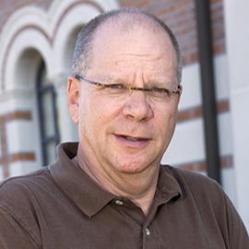
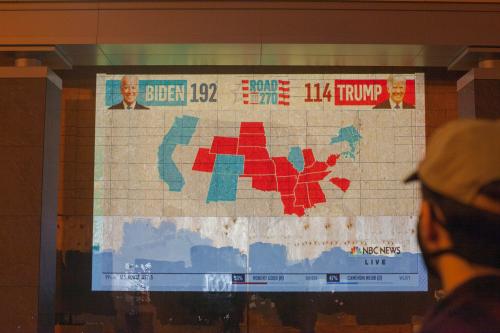
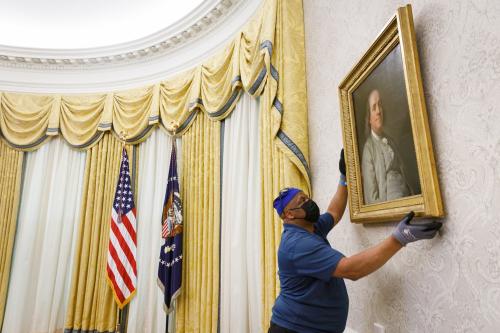
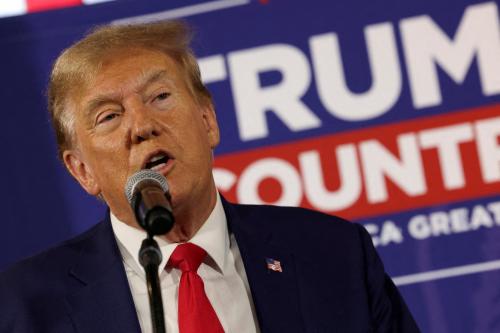


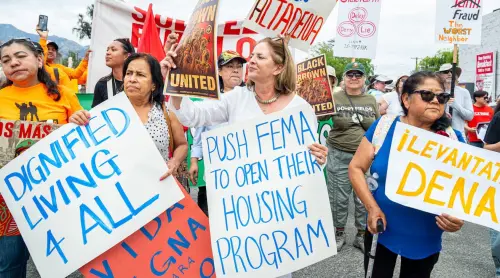
Commentary
The Americans on the front lines of elections
January 9, 2024